In October 2024, the Russian Ministry of Defense announced the use of FPV drones to destroy six German Leopard 2 tanks in the space of four months. The attacks took place in the Kurakhove area in Russia’s Southern Military District, and also targeted Ukrainian Bradley armored vehicles and a communications center. Leopard tanks, the symbol of NATO’s most advanced armored force, play a key role in Ukraine’s defense and counteroffensive operations.
The Leopard 2A4 and 2A6 tanks, equipped with 120mm smoothbore guns and advanced composite armor, are state-of-the-art weapons that can take on major threats on the battlefield. Although the Leopard 2A4 is an older tank, its balance of firepower and mobility has proven its worth in battle.
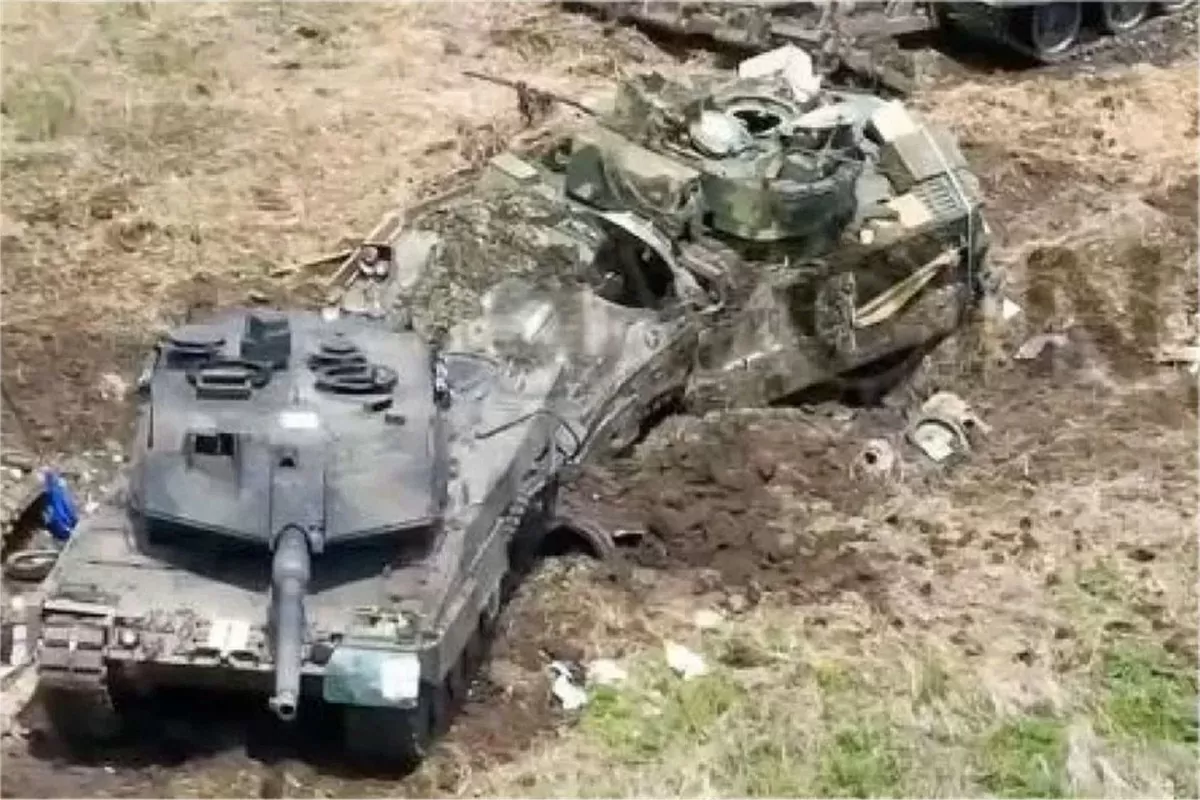 |
| The Russian Defense Ministry announced the use of FPV drones to destroy six German Leopard 2 tanks within four months. - Photo: Russian Social Media |
Meanwhile, the Leopard 2A6, with its improved L/55 gun, offers longer range and greater penetration, making it more effective against fortified enemy positions. However, these tanks still face logistical and maintenance difficulties in Ukraine, due to harsh combat conditions and a shortage of spare parts.
FPV drones, capable of delivering precision strikes in real time, have become a key weapon for the Russian military. They allow attacks to be adjusted in real time to what is happening on the ground and reduce the risk to troops. By focusing on the Leopard tanks, Russian forces hope to neutralize one of Ukraine’s main weapons.
Drone operators often target weak points on tanks, such as optics, engine exhausts, or rear armor. In particular, the Leopard 2A6 lacks an anti-drone cage, leaving it vulnerable to attacks from above.
Additionally, to attack effectively, FPV drones often approach their targets at low altitudes, avoiding detection. Russian operators often coordinate with artillery to reduce the crew’s ability to react, making the tank more vulnerable to attack. In urban environments or densely forested areas, FPV drones can take advantage of narrow spaces to approach tanks undetected, and can even target important parts such as hatches or tank tracks.
Surveillance also plays a key role in this strategy, with surveillance drones (UAVs) used to detect and track tank movements, providing information for FPVs to conduct more precise strikes. This suggests a systematic approach to combat aimed at destroying Ukraine’s strategic assets, especially main battle tanks such as the Leopard 2.
Although the Leopard 2 is considered one of the best tanks in the world and was designed to counter Russian tanks, many of the ones currently in Ukraine are no longer operational due to both Russian attacks and logistical problems. According to ORYX data, of the 61 Leopards delivered, nearly half are inoperable, highlighting the technical difficulties facing Ukraine.
Today, due to the threat of FPV drones, Leopard 2 tanks are rarely used in regular combat operations. Despite their significant contribution to the counteroffensive in the summer of 2023, the Leopards suffered heavy losses, forcing Ukrainian forces to rely more on artillery.
The cost of these tanks is also a major issue. Each Leopard 2A6 costs around $8.42 million, while the 3,000 euro bounty Russia has offered for destroying them is not insignificant, but it has motivated Russian soldiers to target these expensive vehicles. Destroying a Leopard is not only a military victory, but also has a huge economic impact for Ukraine and its allies.
Source: https://congthuong.vn/thu-gi-lam-sieu-xe-tang-leopard-2-cua-duc-6-lan-guc-nga-o-ukraine-351932.html










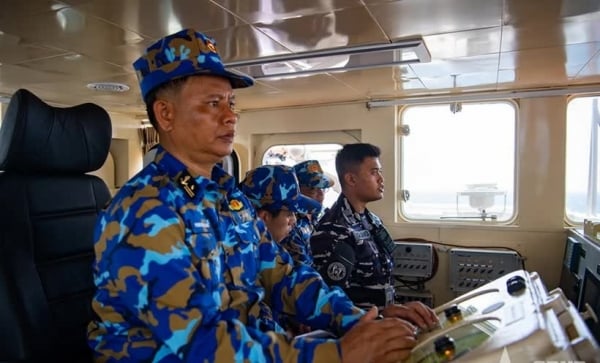




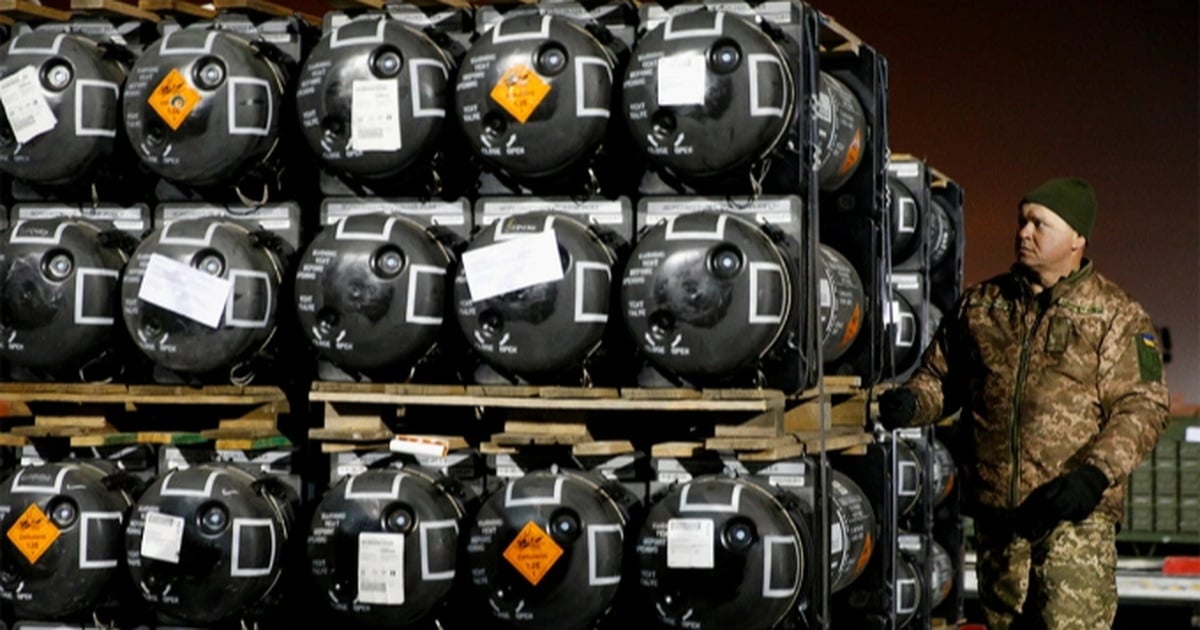








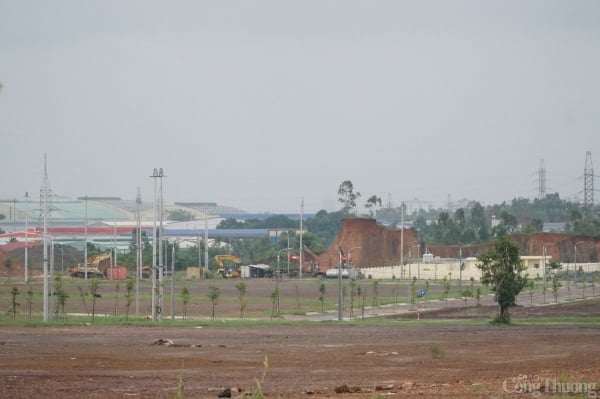






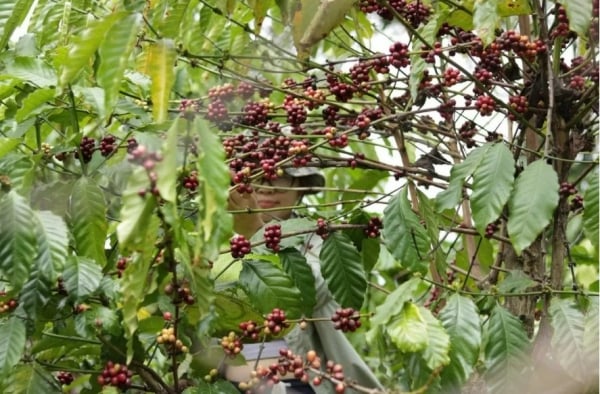
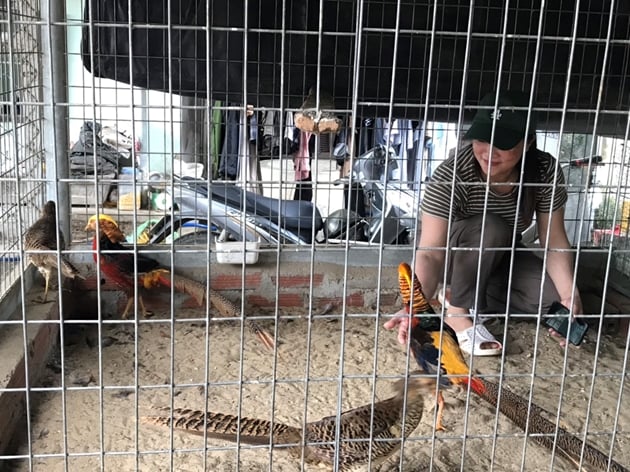









Comment (0)